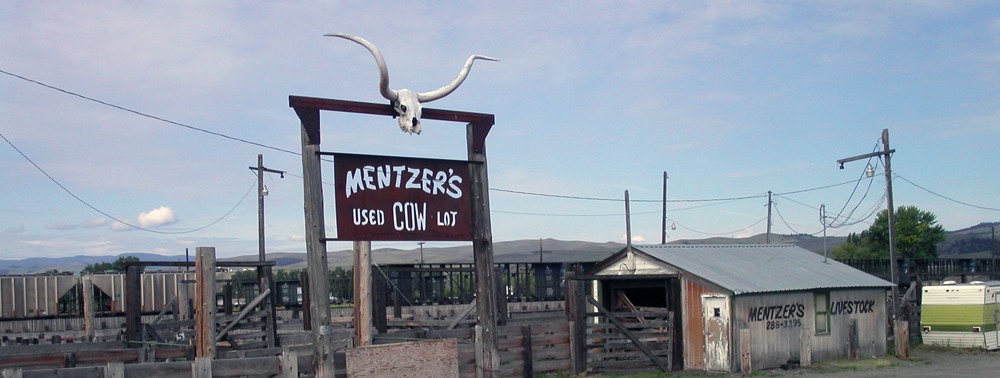Last week we closed the books on 2010 and the first decade (more or less) of the 21st century. My last blog posts of 2010 were the final entries in my 2002-2005 survey of first generation Western Union microwave sites.
 Telecommunications infrastructure is the most visible element of the information age, the third industrial revolution. They also have strong significance to those of us who work in historic preservation, especially regulatory compliance. Because of the small federal handle of radio spectrum licensing (FCC) and tower siting (FAA, FCC) broadcasters and telecom firms found themselves unwittingly and unwillingly enmeshed in National Historic Preservation Act compliance.
Telecommunications infrastructure is the most visible element of the information age, the third industrial revolution. They also have strong significance to those of us who work in historic preservation, especially regulatory compliance. Because of the small federal handle of radio spectrum licensing (FCC) and tower siting (FAA, FCC) broadcasters and telecom firms found themselves unwittingly and unwillingly enmeshed in National Historic Preservation Act compliance.
They joined other private sector industries, notably natural gas transmission and other energy sectors, in becoming federal agency delegates in environmental regulatory review. The new private sector involvement spurred substantial changes in the way Section 106 of the National Historic Preservation Act works. Notable among those changes were an explosion of Programmatic Agreements and exemptions to Section 106 compliance.
Although they are old and are demonstrably historically significant, the properties documented in my blog series and elsewhere were excluded by the FCC’s Nationwide Programmatic Agreement for Section 106 compliance and are, in legal and regulatory terms, not historic.
These telecommunications sites joined natural gas pipelines as properties that may meet academic definitions of historical significance but not the federal legal definition. As we move deeper into the 21st century, more post-World War II industrial sites — especially those in networked industries — will be crossing the 50-year antiquity threshold becoming fair game for Section 106 consideration. Will industrial archaeologists be as prepared for third industrial revolution sites as we were for first- and second industrial revolution sites?
Like this:
Like Loading...
 I met Elsie while researching Pittsburgh’s leather and livestock industries and we spoke many times between 1996 and 2000. Elsie would send me long letters, newspaper clippings, and photographs. In fact, when the Pittsburgh Wool Company was demolished in 2000, Elsie stood at her beloved Croatian Orthodox Church just above the site and she snapped several photos. Those were the last photos I have of the building I had spent years documenting. Continue reading
I met Elsie while researching Pittsburgh’s leather and livestock industries and we spoke many times between 1996 and 2000. Elsie would send me long letters, newspaper clippings, and photographs. In fact, when the Pittsburgh Wool Company was demolished in 2000, Elsie stood at her beloved Croatian Orthodox Church just above the site and she snapped several photos. Those were the last photos I have of the building I had spent years documenting. Continue reading 



